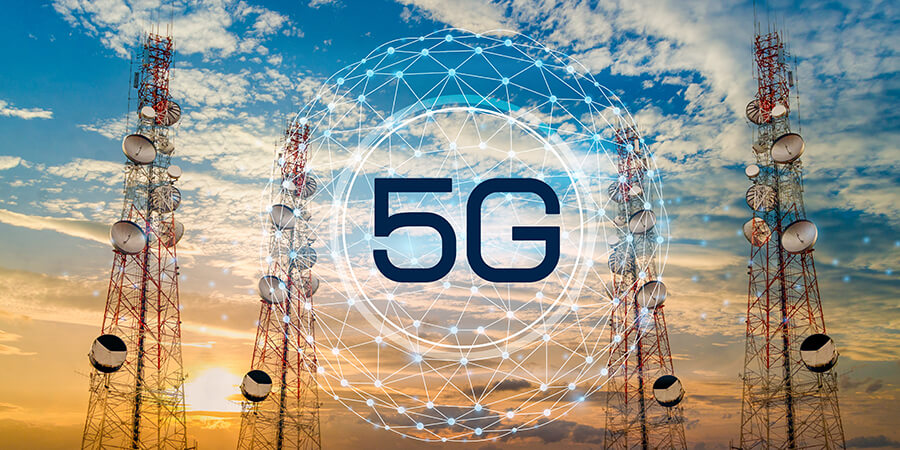The rollout of 5G networks worldwide is reshaping the landscape of digital communication. With significantly higher speeds, lower latency, and greater connectivity, 5G enables seamless streaming, real-time gaming, and advanced Internet of Things (IoT) applications.
Telecommunication companies are investing billions to expand coverage, improve network reliability, and integrate 5G into urban and rural areas alike.
Impact on Businesses and Industries
5G is creating opportunities across multiple industries, including healthcare, transportation, manufacturing, and entertainment. In healthcare, real-time remote surgery, telemedicine, and patient monitoring are becoming more feasible. Autonomous vehicles rely on 5G for low-latency communication, enhancing safety and operational efficiency.
Businesses also leverage 5G to improve cloud computing, data analytics, and smart factory operations, driving productivity and innovation.
Technological Innovations and Infrastructure
Advancements in millimeter-wave technology, small cell deployment, and network slicing are critical to maximizing 5G performance. Telecom companies are collaborating with device manufacturers and software developers to ensure compatibility and scalability.
The integration of AI and machine learning with 5G networks optimizes data traffic, predicts network congestion, and enhances overall user experience.
Challenges and Considerations
Despite its potential, 5G faces challenges including high deployment costs, regulatory hurdles, and cybersecurity risks. Privacy concerns and the need for international standards are key considerations for governments and industry stakeholders.
Additionally, ensuring equitable access to 5G services in developing regions remains a global priority to prevent widening the digital divide.
Future Outlook
Experts predict that 5G will serve as the backbone for the next generation of digital innovation. Smart cities, IoT ecosystems, and advanced communication technologies will thrive on the low-latency, high-speed capabilities of 5G networks.
Long-term, 5G is expected to drive economic growth, enhance connectivity, and support technological advancements that were previously unattainable.
FAQs
What is 5G technology?
5G is the fifth-generation wireless network offering higher speeds, lower latency, and increased connectivity for devices worldwide.
Which industries benefit most from 5G?
Healthcare, transportation, manufacturing, entertainment, and IoT-dependent sectors benefit significantly.
What are the key technological innovations?
Millimeter-wave technology, small cell deployment, network slicing, and AI integration enhance 5G performance.
What challenges exist with 5G deployment?
High costs, regulatory hurdles, cybersecurity risks, privacy concerns, and equitable access issues are major challenges.
What is the future outlook for 5G?
5G will underpin smart cities, IoT ecosystems, and advanced digital technologies, driving economic growth and innovation globally.
Conclusion
The expansion of 5G technology represents a transformative leap in global connectivity. With faster speeds, lower latency, and widespread applications, it is set to revolutionize industries, businesses, and daily life.
While challenges remain in deployment and equitable access, the strategic integration of 5G networks promises to enhance innovation, productivity, and digital experiences worldwide, paving the way for a more connected and technologically advanced future.

